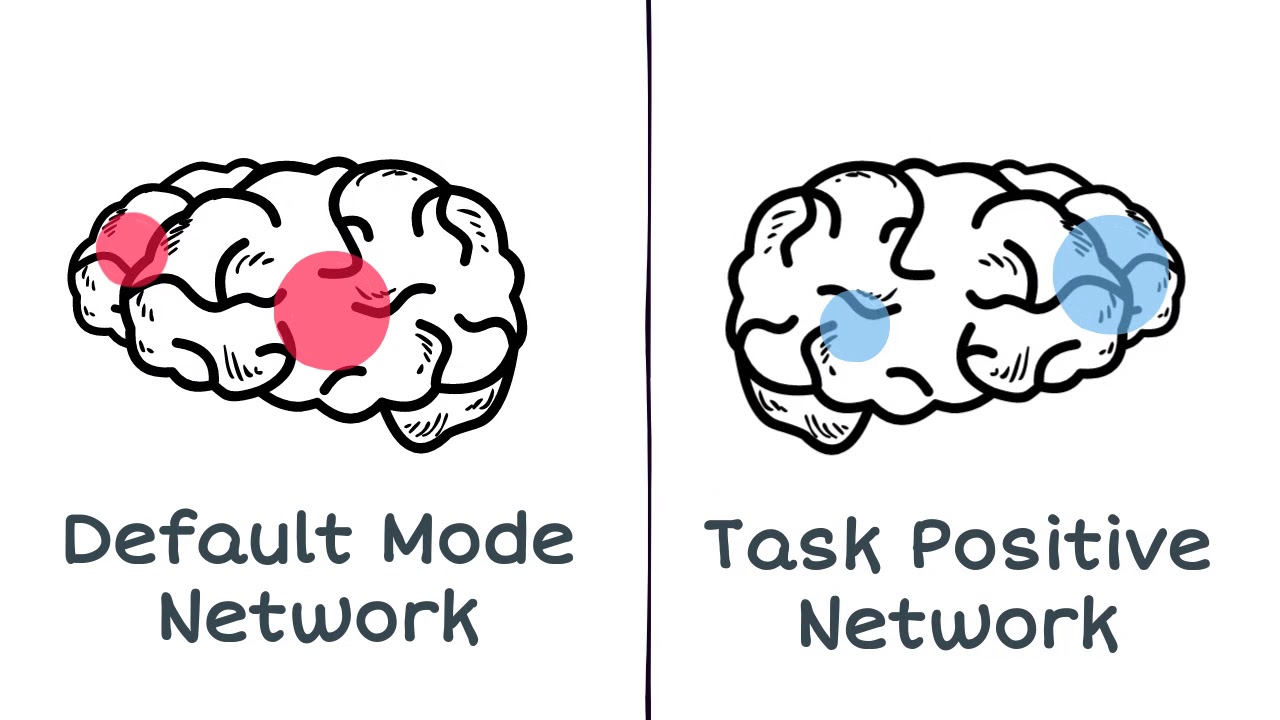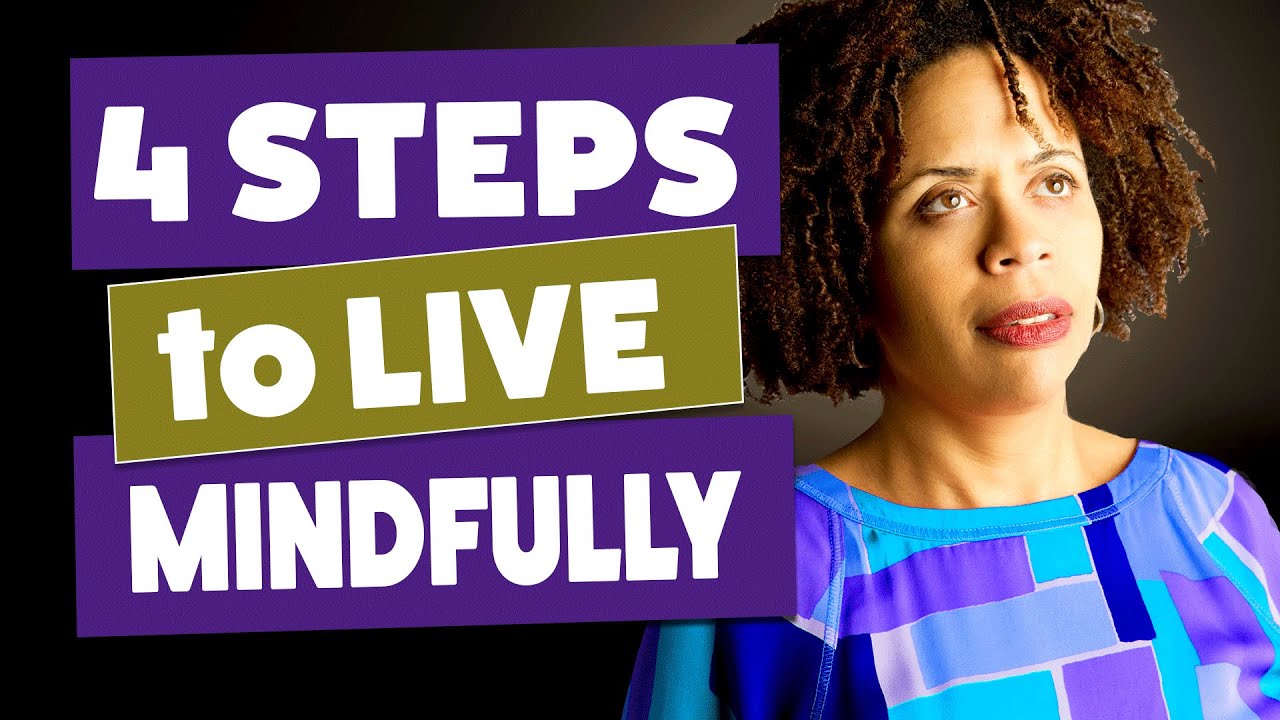AnimateEducate
Finally, a simple explanation of the Neuroscience of Mindfulness! This is how Mindfulness works!
Research particularly from Tang, Y. Y., Hölzel, B. K., & Posner, M. I. (2015). The neuroscience of mindfulness meditation. Nature Reviews Neuroscience, 16(4), 213–225.
Recommended comprehensive book: The Science of Meditation: How to Change Your Brain, Mind and Body Paperback – Daniel Goleman, Richard Davidson :https://amzn.to/2TsHiUe
sponsored by:
https://integrativehealthconvention.co.uk/
#mindfulness #neuroscience #meditation
Source




I love this video. What I like the most is that it summarized in 4 minutes what meditation and mindfulness is all about.
Profound, life-changing information.
How the neuroscience of meditation misses the point.
A major flaw in the neuroscience of meditation as presented here is that it does not address the affective component of meditative states, of how it feels, which is why people meditate in the first place. However, this clearly implicates relaxation and the states of alert arousal which elicit and enhance it, and this goes against the common narrative that meditation is a unique state rather than simple rest. Meditation research generally relies upon comparative self-reports of meditators and non-meditators, and data from fmri (functional magnetic resonance imaging) or brain scans that measure cerebral blood flow. However, neither can isolate the neuro-muscular and neuro-chemical activity that correlate with subjective affective states, or how neuro-muscular activity is a function of cortical activity as mapped to experience or learning. So, in service of the argument that meditation is rest, here is a simple hypothesis and proof that begins with the affective systems in the brain that mediate rest and its affective consequences.
HYPOTHESIS: Dopaminergic activity will stimulate endogenous opioid systems when the latter are in a non-suppressed state.
EXPLANATION AND ‘PROOF’: Activity that involves continuous positive act/outcome discrepancy or novelty (productive or meaningful behavior) while the covert musculature is inactive (a resting state) will result in heightened feeling of pleasure and arousal, or ‘eudaemonia’, ‘flow’, or ‘peak’ experience. This derives from the observation that neuro-muscular tension (or stress) inhibits endogenous opioid (pleasure) release, while relaxation accentuates it, the latter permitting opioid systems to be further stimulated by dopaminergic activity (arousal) elicited by meaningful behavior.
The reason this explanation does not appear evident from general observation is that its counterpart as ‘flow’ or ‘peak’ experience is described through literary metaphor and not scientific language and obscures the independent and dependent measures that accurately describe it. The virtue of this explanation is that it is easily testable by anyone. Just get into a relaxed state (mindfulness protocols are the best way to do this) and then exclusively pursue or anticipate pursuing productive activity for periods of a half hour or so, and voila, you will have a flow or eudaemonic experience. It is that simple.
from ‘The Book of Rest, the Odd Psychology of doing Nothing’, available free at web sites scribd and doctormezmer
Wonderful !!!
Actually, its criminal simplification of the topic…
Default network is not about depression, amygdala is not a part of DN, it is just not true. DN is actually your thinking engine, it includes parts of brain which, when activated simultaneously, compose your feeling of integrity, self. Suppressing your thoughts on self-past and self-future you just supress thinking and planning your own real life. It's fine, but you have to deal with your own problems. If not – voila – depression!
Meditation is great but it is not about any "mindfullness'. It is just the relaxation of your mental apparatus, as thinking needs efforts, and those efforts are energy demanding for brain.
Thank you alot sir for such a helpful video….
Thank you for the video – please check out our app for Mindfulness Meditation and more <3
Thx! That was nice. Wanted to share something I’ve learned along the way; Both networks do can become activated at the same time, it’s called non-dual awareness, and is the basics of consciousness. I saved the scientific video on it in my playlist on ‘dope science stuff’, first one, where I learned that. Aight 💕
Guys, attention networks (task positive network) is always active, even if dmn is active. It just increase its activity at various tasks without self referencial thought's and mind wondering. Is not completely deactivated when we are awake (thats why we pay attention always somewhere, even if we mind wandering).
than you
Ahhhh I cant explain how energetic and charged this makes me! I’m going to change my life!!
I got over depression and anxiety just meditating is awesome
Meditation benefits are extremely satisfying. I can say this with my experience 💕💕
meditation for self optimizing is the wrong motivation
If you can think yourself sick, then you can think yourself well.
🙄 guess I'll try it
Fantastic
Profound Relaxation: Why Meditation is Rest
A defining characteristic of meditative procedures is that they are practiced intermittently and over set periods of time. One practices meditation or mindfulness at certain hours during the day and for certain amounts of time, generally a half hour to an hour. The reduction of perseverative cognition (worry, rumination, distraction) through meditation gives the musculature the time to completely relax, and this state of persistent or profound relaxation elicits a state of pleasure or mild euphoria due to the concomitant and sustained elicitation of endogenous opioids (or endorphins) in the brain. The sustained increase of endogenous opioids also down regulates opioid receptors, and thus inhibits the salience or reward value of other substances (food, alcohol, drugs) that otherwise increase opioid levels, and therefore reduces cravings. Profound relaxation also mitigates our sensitivity to pain and inhibits tension. In this way, relaxation causes pleasure, enhances self-control, counteracts and inhibits stress, reduces pain, and provides for a feeling of satisfaction and equanimity that is the hallmark of the so-called meditative state.
We normally do not associate relaxation with a natural high let alone deduce its benefits, and that is because we rarely have but a few minutes’ respite from the next distractive event or thought. Because it is so unusual and unexpected, it is easy to ascribe a unique meditative state to meditative procedure, an inference that is easy to demonstrate as wrong. If perseverative cognition elicits tension, then the continuous avoidance of such cognition for an hour or so will result in total relaxation and a feeling of pleasure, along with greater self-control and rationality.
from ‘The Book of Rest’, at web site doctormezmer
Transcendental Meditation increases activation in the DMN :S
People with borderline personality disorder have a smaller amygdala, the smaller the amygdala it is , the more overstimulated it is, which is contradictory to mindfulness. Could you explain
Information is great but the music is way too loud in the voice narrating is way too low